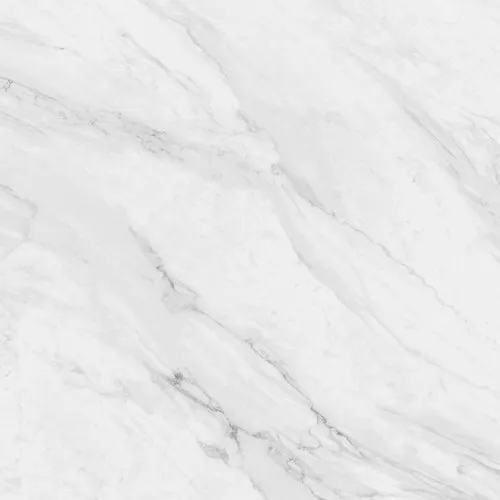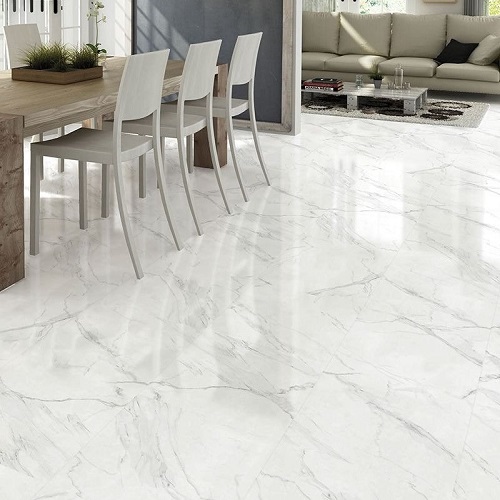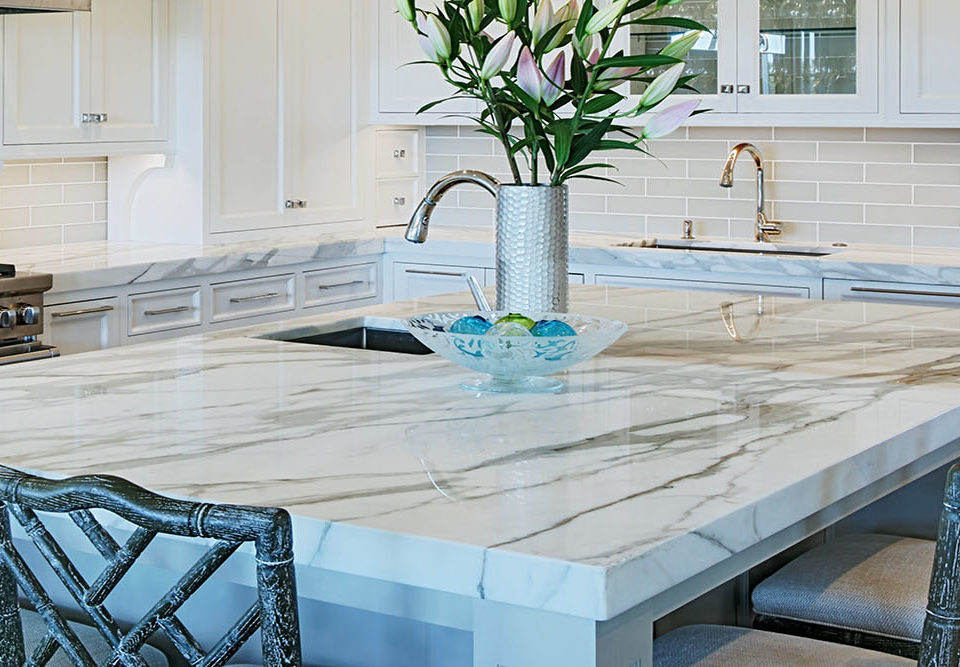
What is White Opal Marble?
June 19, 2023
Which granite is popular in India?
July 3, 2023Which white marble used in Taj Mahal?
Introduction:
Welcome to Tripura Stones, your trusted supplier of high-quality natural stones including Banswara White Marble in India. In this blog post, we are thrilled to delve into the captivating world of the Taj Mahal, one of the most iconic architectural wonders of the world. Standing as a testament to eternal love, the Taj Mahal boasts a stunning facade crafted from exquisite white marble. Join us as we uncover the story behind the white marble used in the construction of this majestic mausoleum.
The Origins of the Taj Mahal
The Taj Mahal, located in Agra, India, was commissioned in 1632 by the Mughal emperor Shah Jahan as a tribute to his beloved wife, Mumtaz Mahal. This architectural masterpiece took over 20 years to complete and is now recognized as a UNESCO World Heritage Site. Its ethereal beauty and intricate craftsmanship have mesmerized millions of visitors from around the globe.
The Elegance of White Marble
The timeless allure of the Taj Mahal lies in its exceptional use of white marble, which creates a striking contrast against the cerulean sky. The purity, luminosity, and elegance of this material have made it a symbol of grandeur and sophistication throughout history.


The marble used in the construction of the Taj Mahal is renowned for its exceptional quality and whiteness. It belongs to the Makrana marble family, which is extracted from the Makrana region in the Indian state of Rajasthan. Makrana marble is famous worldwide for its exceptional clarity, durability, and pristine white color, making it the perfect choice for crafting the Taj Mahal's awe-inspiring facade.
The Makrana Marble Quarry
The Makrana marble quarry has a rich history that can be traced back to the time of the Mughal Empire. It is believed that the quarry was first discovered by Emperor Babur, the founder of the Mughal dynasty, in the early 16th century. The region's abundant reserves of high-quality marble captured the attention of the Mughal emperors, who recognized its potential for creating architectural wonders.
The marble extraction process in Makrana is an age-old art form, passed down through generations. Skilled artisans employ traditional methods, combining precision and expertise to extract marble blocks with utmost care. These blocks are then transported to workshops where they are meticulously shaped and polished to perfection.
Unique Qualities of Makrana Marble
The exceptional qualities of Makrana marble set it apart from other varieties. It is renowned for its luminescent white color, which is unmarred by any impurities or veining. This purity allows the marble to reflect light in a unique manner, lending the Taj Mahal its ethereal glow.
Furthermore, Makrana marble is highly durable and resistant to weathering, making it an ideal choice for constructing monumental structures. Its ability to withstand the test of time is evident in the enduring beauty of the Taj Mahal, which has stood tall for centuries, showcasing the longevity of this magnificent material.
Preservation and Maintenance
Preservation and maintenance play a crucial role in safeguarding the timeless beauty of the Taj Mahal. Skilled craftsmen employ traditional methods and techniques to ensure its longevity and visual appeal.
Conclusion
In conclusion, the Taj Mahal stands as a testament to the eternal beauty and grandeur of Makrana white marble. Its pure white hue, exquisite craftsmanship, and enduring charm continue to inspire awe in visitors from around the world. We, at Tripura Stones, take pride in being a part of the legacy of this remarkable architectural masterpiece.




